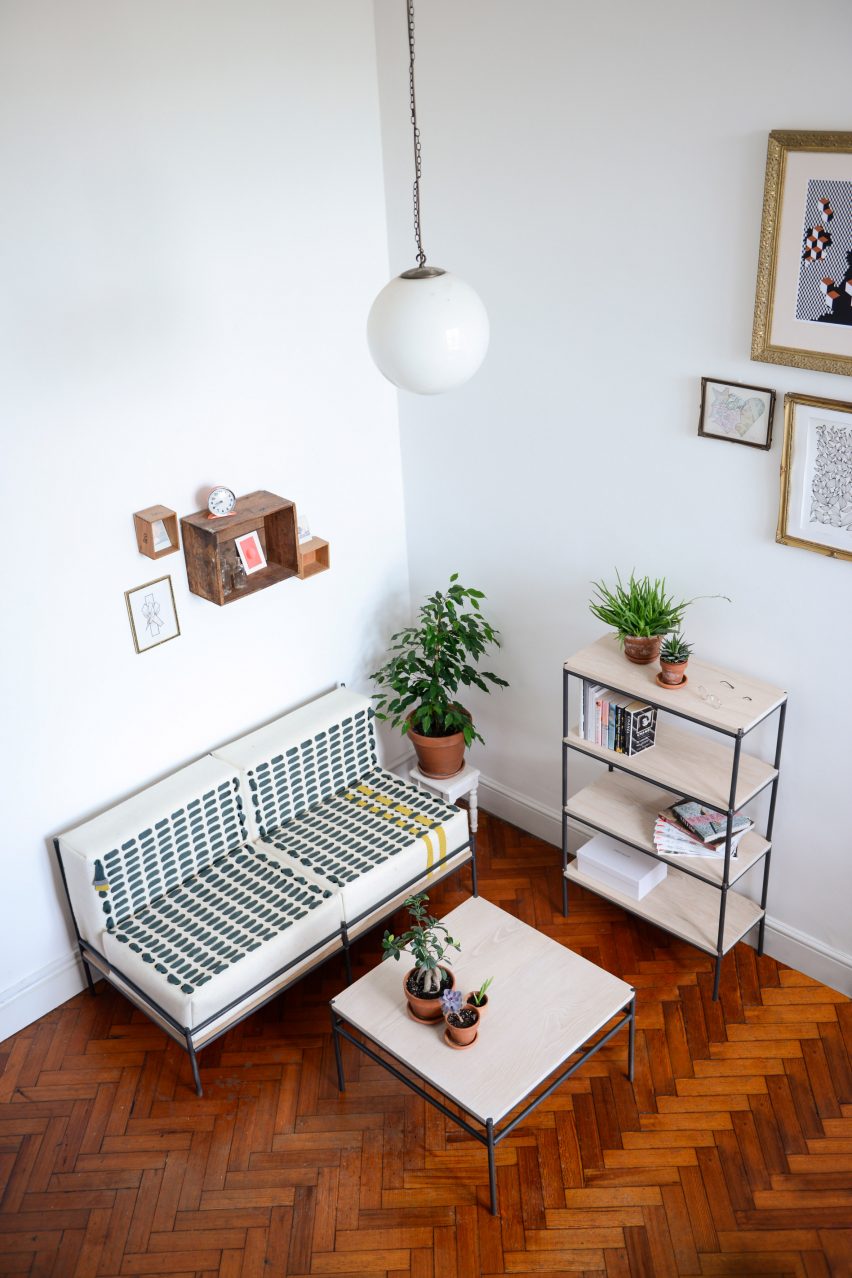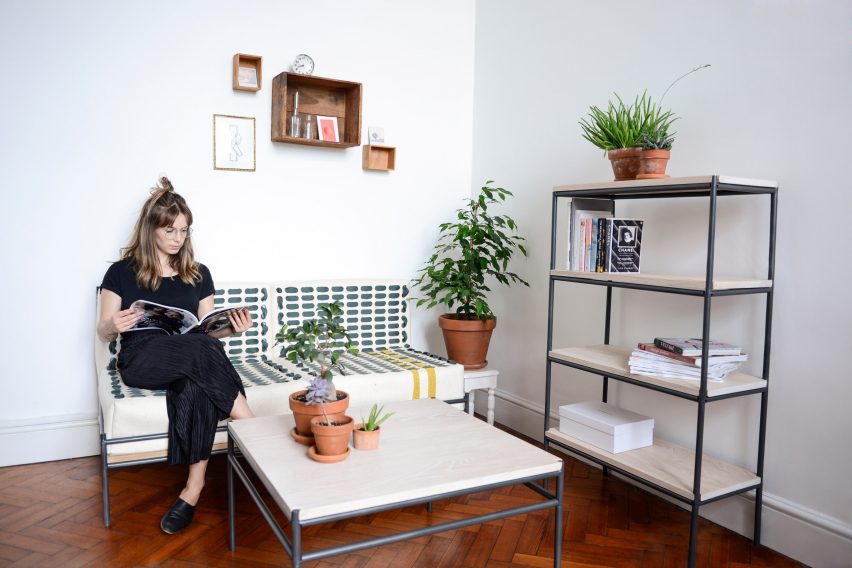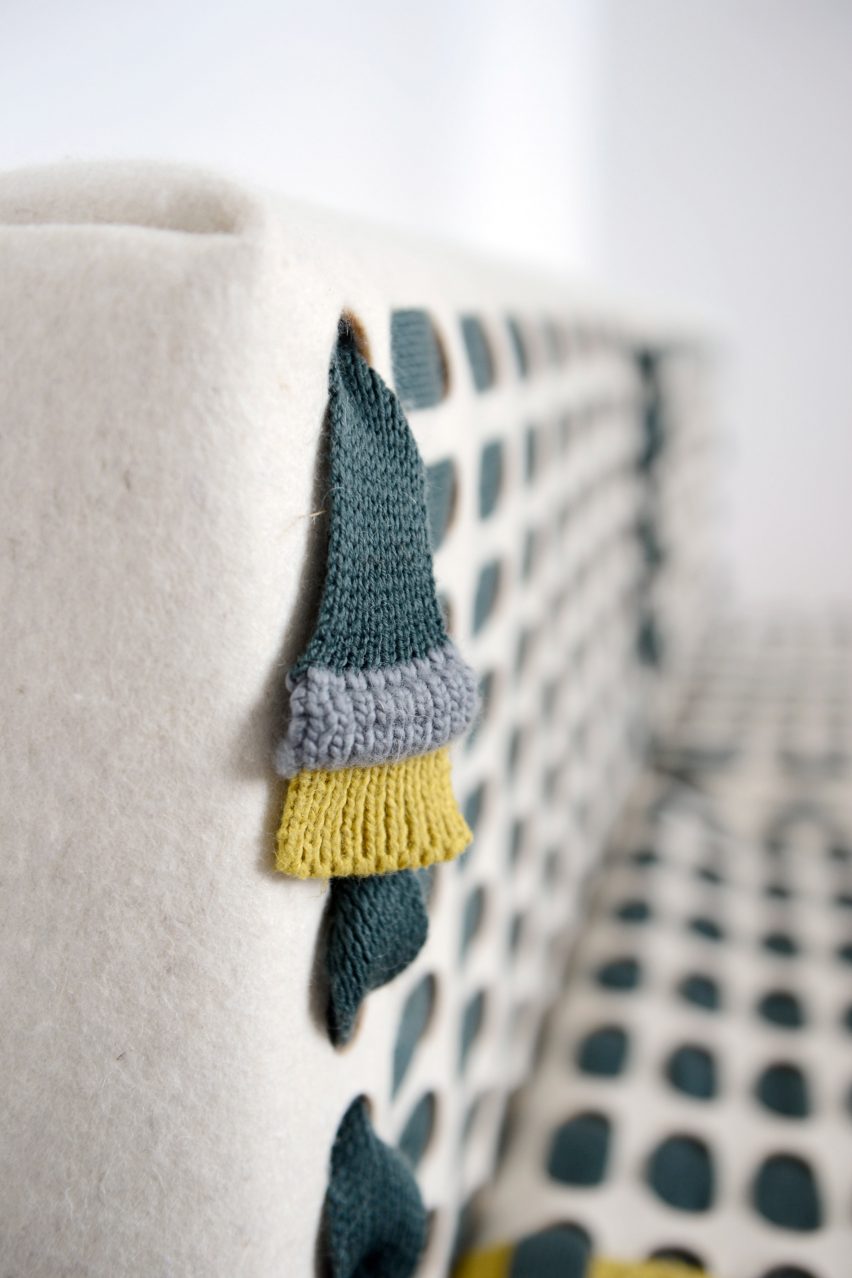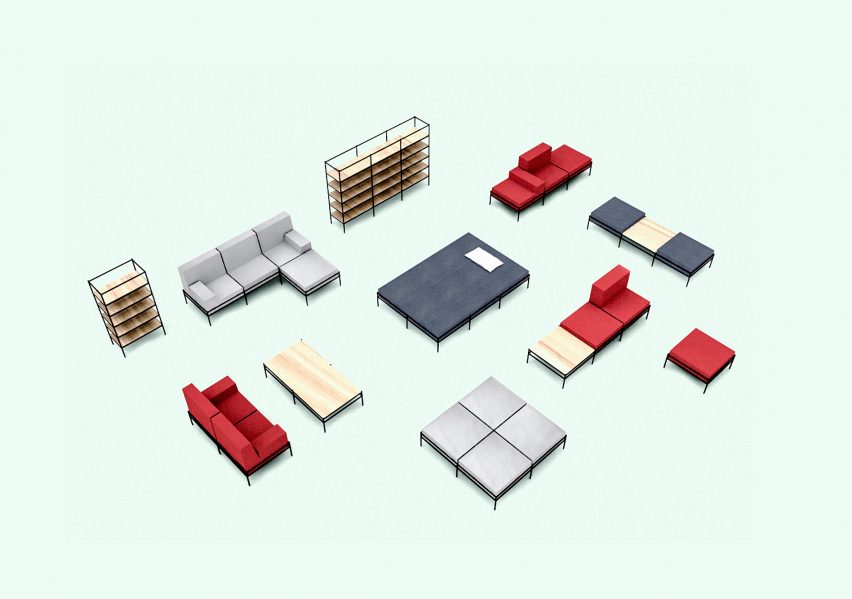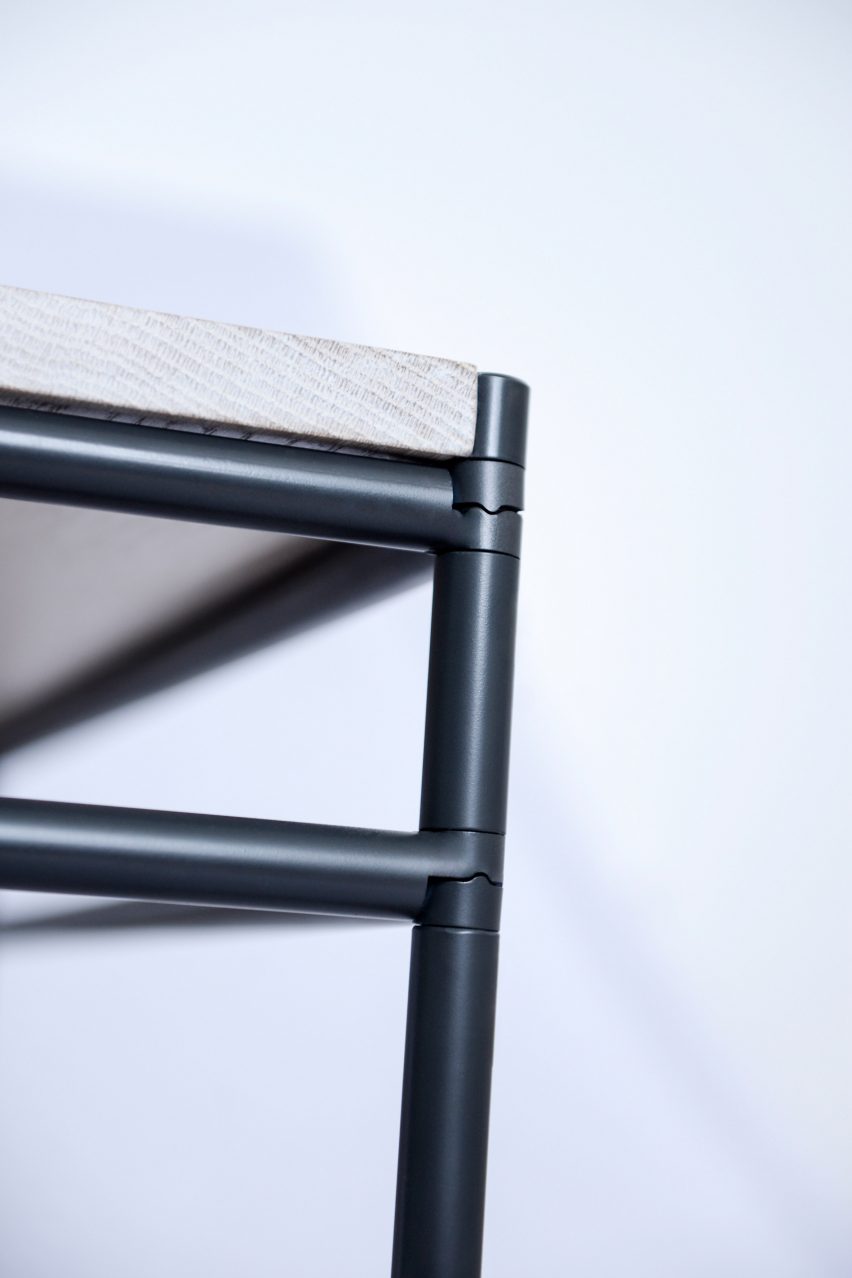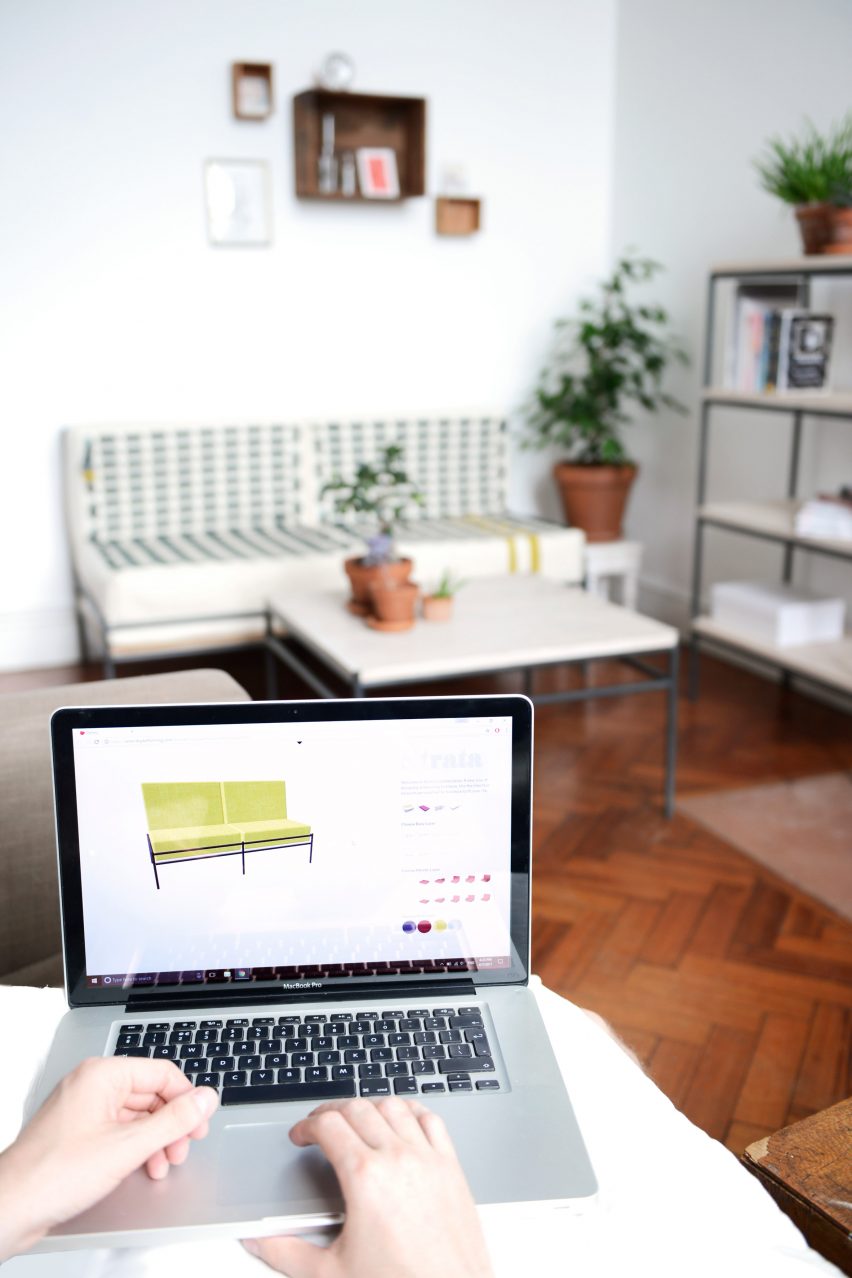Leather is a popular material used for various products, from clothing to furniture, and is prized for its durability, style, and comfort. However, leather is also vulnerable to damage from sunlight, moisture, and other environmental factors, which can cause it to fade, crack, and deteriorate over time. To protect your leather items and extend their lifespan, it’s essential to preserve them properly. One effective method of maintaining leather is by using a dye sealer. A dye sealer is a protective coating that penetrates the leather fibres, adding colour and sealing the surface to protect it from damage.
Understanding Leather And Its Properties
Leather is a material that is widely used for clothing, footwear, and furniture and is valued for its durability, style, and comfort. To effectively preserve leather, it’s essential to understand its properties and how it behaves over time. In this section, we will go over the different types of leather, their characteristics, and the factors that can affect the longevity of your leather items.
Check out: The Psychology Of Rearranging Furniture

Types Of Leather
There are several types of leather, each with unique properties and characteristics. Some of the most common types include:
- Full-Grain Leather: This type of leather is made from the top layer of the hide and is considered the highest quality leather. Full-grain leather has a natural texture and patina and is known for its durability and resistance to damage.
- Top-Grain Leather: This type of leather is made from the second layer of the hide and has had the top layer sanded and buffed to remove any blemishes. Top-grain leather is still durable but is less resistant to damage than full-grain leather.
- Corrected-Grain Leather: This type of leather is made from the third layer of the hide and has had an artificial grain applied to it to hide any imperfections. Corrected-grain leather is less durable and resistant to damage than full-grain or top-grain leather.

Characteristics Of Leather
Leather has several unique properties and characteristics, including:
- Durability: Leather is known for its durability and can last many years with proper care and maintenance.
- Breathability: Leather allows air to circulate, which helps keep the material from becoming too hot or humid.
- Softness: Leather can be soft and flexible, making it comfortable to wear or sit on.
- Water Resistance: Leather is naturally water-resistant, but its resistance can be diminished over time by exposure to moisture and other environmental factors.
Factors That Affect Leather’s Durability
Several factors can affect the longevity of your leather items, including:
- Exposure to Sunlight: Direct sunlight can cause the leather to fade and crack over time.
- Moisture: Exposure to water can cause the leather to become discoloured, brittle, and weakened.
- Temperature: Extreme temperatures can cause the leather to dry out and become brittle, making it more susceptible to damage.
- Use: Regular use can cause the leather to become worn and scratched, weakening its fibres and reducing its lifespan.
By understanding the different types of leather, their characteristics, and the factors that affect their durability, you can make informed decisions about preserving your leather items best and extending their lifespan.

What Is A Dye Sealer, And How Does It Work?
A dye sealer is a protective coating applied to the leather to protect it from damage and extend its lifespan. Dye sealers come in various colours and formulas and can be used to both add colour to leather and seal its surface to protect it from the elements.
Check out: How & Why You Should Paint Your Tired Kitchen Cabinets
How A Dye Sealer Protects Leather
A dye sealer penetrates into the leather fibres, creating a barrier that helps protect the leather from damage. The dye in the sealer adds colour to the leather, helping to hide any existing damage or blemishes, while the sealer protects the leather from further damage. The sealer forms a barrier that repels moisture and prevents the leather from becoming brittle and dry, which can cause it to crack and deteriorate over time.
Different Types Of Dye Sealers
Several types of dye sealers are available, each with unique properties and characteristics. Some of the most common types of dye sealers include:
- Water-Based Dye Sealers: These sealers are made from water and a type of resin and are known for their easy application and quick drying time. Water-based dye sealers are also environmentally friendly, as they do not emit fumes or harmful chemicals.
- Solvent-Based Dye Sealers: These sealers are made from solvents, such as alcohol or petroleum, and are known for their robust and long-lasting protection. Solvent-based dye sealers can be more challenging to apply than water-based sealers and may emit fumes harmful to the environment.
- Oil-Based Dye Sealers: These sealers are made from oil and are known for their deep, long-lasting protection. Oil-based dye sealers can be difficult to apply and require multiple coats for maximum protection.
Choosing the correct type of dye sealer for your leather will depend on your specific needs and preferences and the style of leather you are working with. It’s important to carefully read the instructions and follow the recommended application process for the dye sealer you choose to ensure the best results and protection for your leather.
Preparing The Leather For Application
Before applying a dye sealer to your leather, it’s essential to prepare it to ensure the best results properly. This will not only help the dye sealer to adhere correctly but also help to extend the life of your leather. Here are the steps to properly prepare your leather for a dye sealer application:
- Clean the Leather: The first step in preparing the leather is to clean it thoroughly. This will remove any dirt, oil, or other contaminants that may interfere with the adhesion of the dye sealer. A gentle leather cleaner, such as a soap and water solution, can clean the leather. Remove all soap residue with a clean cloth and allow the leather to dry completely before applying the dye sealer.
- Condition the Leather: Leather can dry out and crack over time, so it’s important to condition it before applying a dye sealer. Leather conditioner helps to moisturise the leather, making it more pliable and less likely to crack. Apply a thin layer of leather conditioner to the leather, using a clean cloth, and allow it to soak in for 10-15 minutes. Then, remove any excess conditioner with a clean cloth.
- Repair Any Damage: Before applying a dye sealer, it’s a good idea to repair any damage to the leather, such as cracks or tears. This will help prevent the damage from worsening and ensure that the dye sealer adheres properly to the leather. A leather patch or filler can be used to repair any damage.
- Test the Dye Sealer: Before applying the dye sealer to the entire piece of leather, it’s a good idea to test it on a small, inconspicuous area first. This will allow you to see how the dye sealer will affect the leather and make any necessary adjustments before applying it to the entire piece.
By adequately preparing the leather, you can ensure that your dye sealer application goes smoothly and that your leather will be protected for years.
Applying The Dye Sealer
Once your leather is prepared correctly, you’re ready to apply the dye sealer. The specific instructions for applying a dye sealer will vary depending on the type of sealer you’re using, but here are some general guidelines to follow:
- Please read the Instructions: Before you start, read the instructions for your specific dye sealer to ensure that you’re using it correctly. Some sealers may require multiple coats or have specific drying times that need to be followed.
- Apply the Dye Sealer: Start by applying a thin, even layer of dye sealer to the leather using a clean cloth or brush. Be sure to cover the entire leather surface, including the seams and any exposed edges.
- Allow to Dry: Allow the dye sealer to dry completely, following the instructions on the product label. Depending on the sealer you’re using, this can take anywhere from a few minutes to several hours.
- Apply Additional Coats: If necessary, apply additional coats of dye sealer to the leather, following the instructions on the product label. Be sure to allow each coat to dry completely before applying the next.
- Buff the Leather: Once the final coat of dye sealer has dried, use a clean cloth to buff the leather to a high shine gently. This will help to spread the dye evenly and ensure that the leather has a smooth, uniform appearance.
You can successfully apply a dye sealer to your leather and protect it from damage for years to come. It’s essential to take your time and be patient, as using a dye sealer can be a time-consuming process. But the result of beautifully protected leather is well worth the effort!
Maintaining Your Leather After Application
Once you’ve successfully applied a dye sealer to your leather, it’s essential to maintain it properly to ensure that it stays protected and looks great for years to come. Here are some tips for keeping your leather after a dye sealer application:
- Clean Regularly: Leather can become dirty and stained over time, so it’s essential to clean it regularly to keep it looking its best. Use a gentle leather cleaner, such as a soap and water solution, to clean the leather, and remove all soap residue with a clean cloth.
- Condition Regularly: Leather can dry out and crack over time, so it’s important to condition it regularly to keep it moisturised and pliable. Use a leather conditioner to keep your leather soft and supple, and follow the instructions on the product label.
- Avoid Exposure to Direct Sunlight and Heat: Direct sunlight and heat can cause the leather to fade and dry out, so it’s essential to keep your leather out of direct sunlight and away from heat sources.
- Protect from Scratches and Tears: Leather can become scratched and torn over time, so it’s essential to protect it from damage. Use a protective cover or place a soft cloth between your leather and hard surfaces to prevent scratches and tears.
- Store Properly: When not in use, store your leather in a cool, dry place away from direct sunlight and heat sources. This will help extend your leather’s life and keep it looking its best.
With these simple tips, you can maintain your leather after a dye sealer application and enjoy its beauty and durability for years to come.
Preserving your leather is an essential step in ensuring that it lasts for years to come. A dye sealer is a great way to protect your leather from damage, and by following the proper steps for preparing, applying, and maintaining it, you can ensure that it stays looking great for a long time. Whether you’re a leathercraft enthusiast or want to keep your leather furniture and accessories looking their best, applying a dye sealer is a simple and effective way to ensure that your leather stays protected and beautiful. So don’t hesitate to try it out today and enjoy the benefits of beautifully preserved leather for years to come!
